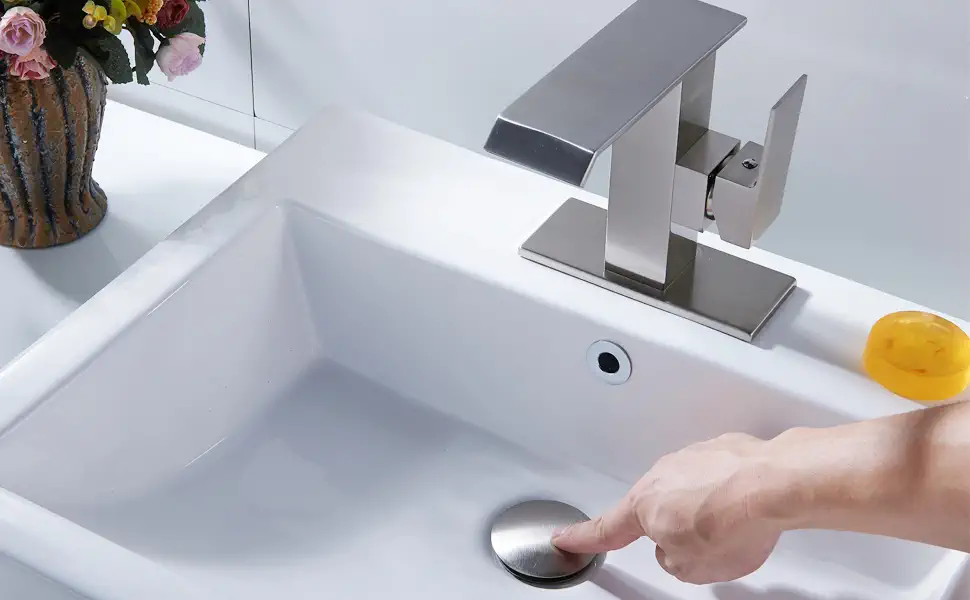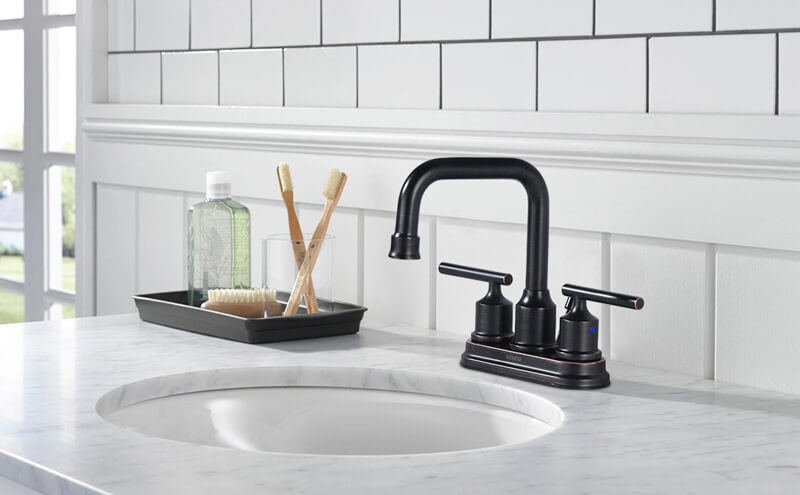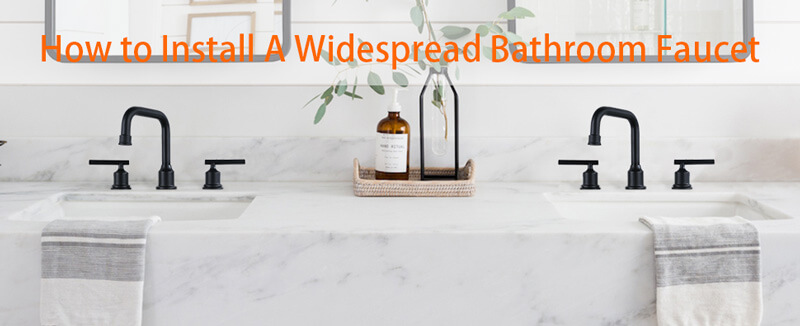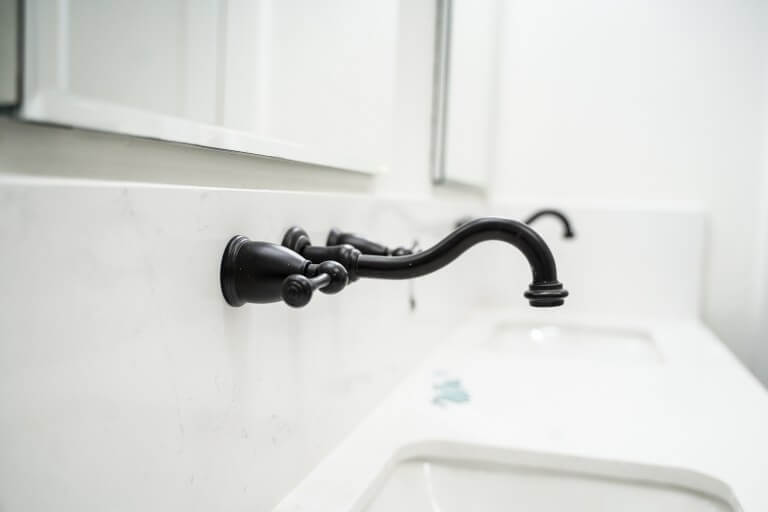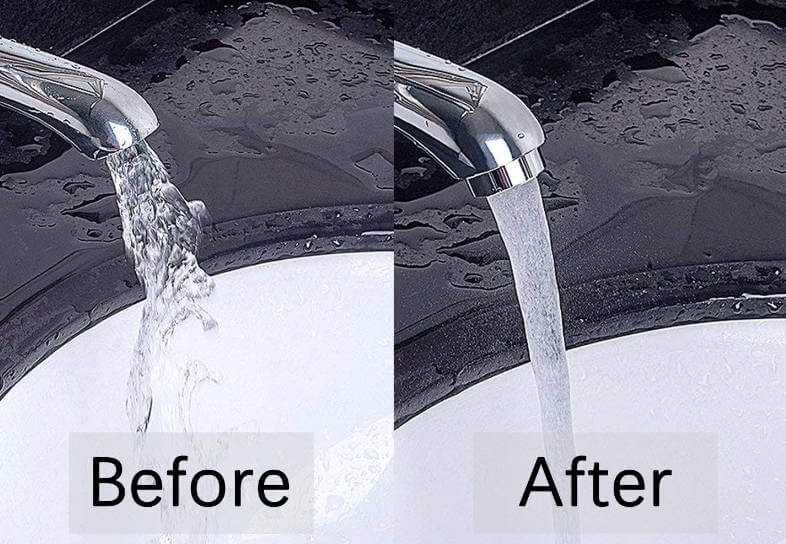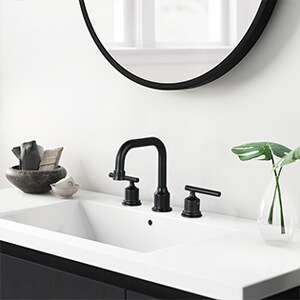First, the composition of the faucet.
I’ve ‘seen’ a lot of faucets, but I don’t know how much you know about the structure of a faucet. Generally, faucets are divided into four parts: outgoing, control, fixed and incoming. The faucet is fixed to the basin, sink, etc. via the fixed part. The water enters the control part through the inlet hose. Then, we adjust the water temperature and volume through the control part. Finally, the water flows out from the spout. This is roughly the operation process. There are many outlet sections. There are regular spouts, elbow spouts, pull-out spouts, waterfall spouts, and so on. When choosing a spout, pay attention to the size of the basin and sink.
Second, the type of structure
If you divide the faucets by structure, they can be divided into single, double and triple handles. In addition, there are single handle and double handle (also called single and double control).
- Single: can be connected to the cold water pipe or hot water pipe.
- Double type: can be connected to cold water pipe or hot water pipe; double type. It can be connected to both hot and cold pipes at the same time, mostly used for bathroom basin faucets and hot water supply for kitchen sinks; (this is what Andy’s family has).
- Three-pipe type. In addition to the two hot and cold pipes, you can also connect the shower head, mainly used for the bathtub faucet.
- Single handle: regulates the temperature of hot and cold water through one handle.
- Double handle: you need to adjust the cold and hot water pipes separately to regulate the water temperature.
If you combine these two structures, you will have a common choice of single single-control, double single-control, and double double-control faucets. How you choose will depend on location and habit.
Third, the installation location
The above mentioned the problem of using location, so let’s talk about this next, the choice of faucets in different locations is still different.
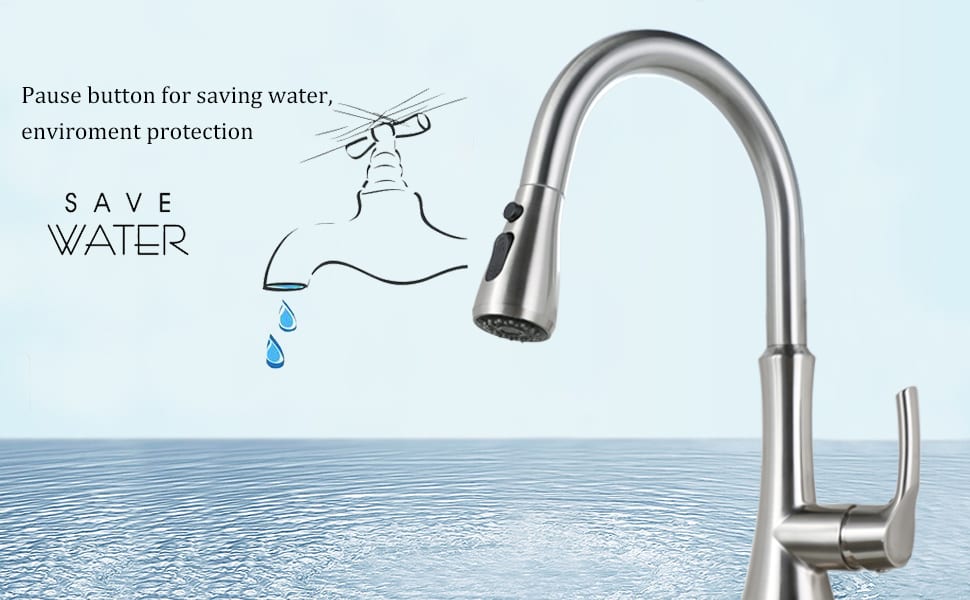
1, The kitchen sink
Kitchen faucets usually come with a curved tube that can be rotated 360° so that you don’t have to constantly touch the spout of the faucet when washing vegetables and utensils. Pull-out faucets are the most popular choice There are those with curved tubes, those with spring-loaded supports, and those with lift tubes. Since the handle can be removed, there’s a lot of freedom in not having to be limited to the sink when cleaning.
2, Bathroom space
Shower area, bathtub, basin, we usually install faucets in these three positions in the bathroom. The shower area mainly uses triple taps with two spouts. The faucet in the bathtub position is usually chosen for the quick release of water, such as the waterfall faucet. The double faucet for the basin is better, so you don’t have to purposely open the water heater to receive hot water when you wash your face in winter. In addition, there is an electric faucet on the market. It produces hot water when connected to a power source. It features quick heating. It is a good choice and can be installed in the basin as well.
Four, the material
The choice of faucet material is very important. Today, Andy mainly talk about zinc alloy, stainless steel and copper three kinds.
1, Zinc alloy faucet material
Zinc alloy has a low melting point, is malleable, and has good corrosion resistance in the atmosphere. It is mostly used to make faucet handles or some bathroom hardware pendants, (more than 95% of the faucet handles I see every day are made of zinc alloy), but zinc alloys do not have good corrosion resistance in water, unless an extremely pure alloy of zinc and aluminum, magnesium, and copper is used. However, due to cost issues, many manufacturers will substitute zinc alloys that contain more elements than lead, cadmium, and tin. These elements are soluble in water, easy to corrode the casting, affecting human health.
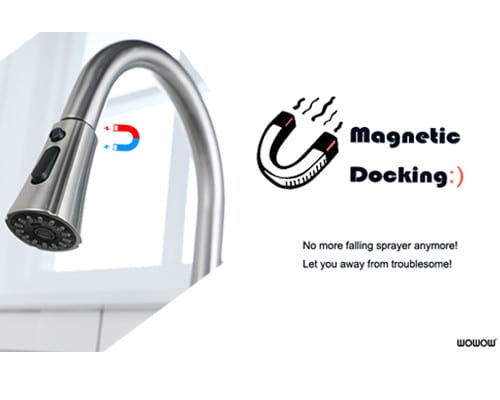
2, Stainless steel faucet
Stainless steel faucets do not require plating, the surface can be polished. It feels smooth and detailed, does not contain lead (it may carry a little during processing, but it is negligible), is corrosion resistant, barely rusts, and is more durable. And 304 is a general purpose stainless steel that is more common on the market. A standard 304 stainless steel faucet contains about 18% chromium and 8% nickel. If there’s anything to fear from stainless steel faucets, it’s chloride ions. The surface will still corrode if the oxide film is not ready. The key depends on the brand.
In addition, the price of stainless steel faucets will be relatively high due to the high hardness of stainless steel, the difficulty of processing, and the immaturity of the process.
3, Full copper taps
Hpb59 is a widely used lead brass, which means that the copper content is around 59%. Copper faucets are generally made from this GB brass or brass of similar composition. There is one advantage of using copper for faucets. That is the sterilizing effect of copper ions can purify the water. Lead is added because it increases the machinability of the copper, making it easier to work with. As far as lead precipitation is concerned, you can’t generalize. Qualified brass faucets have a very small amount of lead precipitation, and meet the standards, so we do not have to worry too much. In terms of price, an all-brass faucet is not cheap. It costs hundreds of pieces (but it’s cheaper than stainless steel). After all, the price of the raw material is put there, and it must undergo multiple processes such as casting, polishing, and plating. This is understandable.
In general, if you want to choose the right faucet, you must be sure to determine the location of use, material, construction, opening method and valve core, and pay attention to the bubbler.
 WOWOW Faucets
WOWOW Faucets